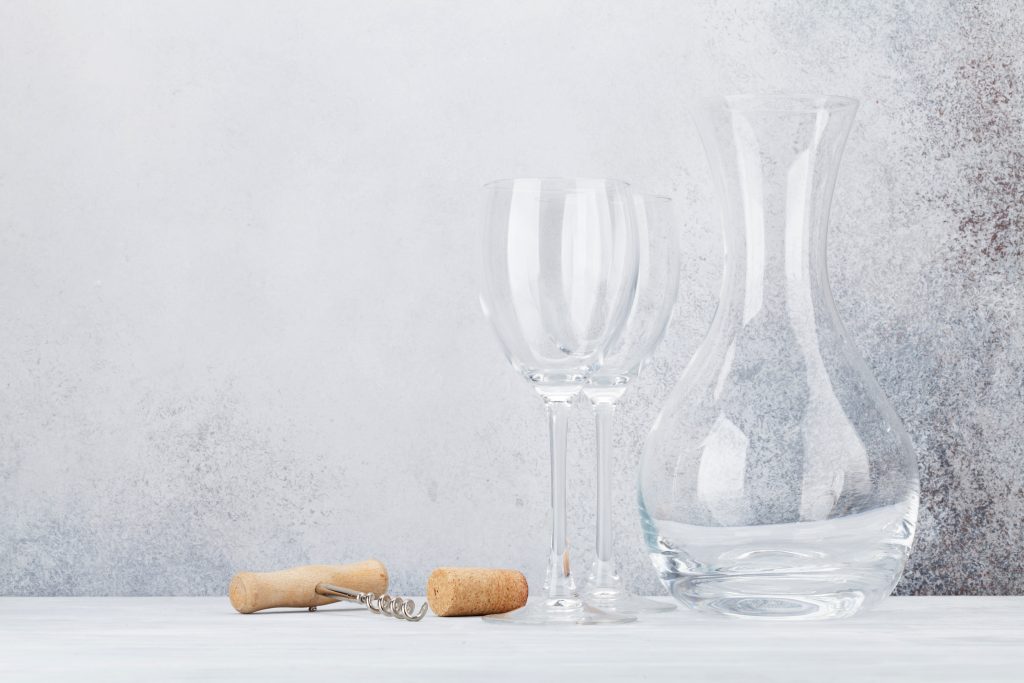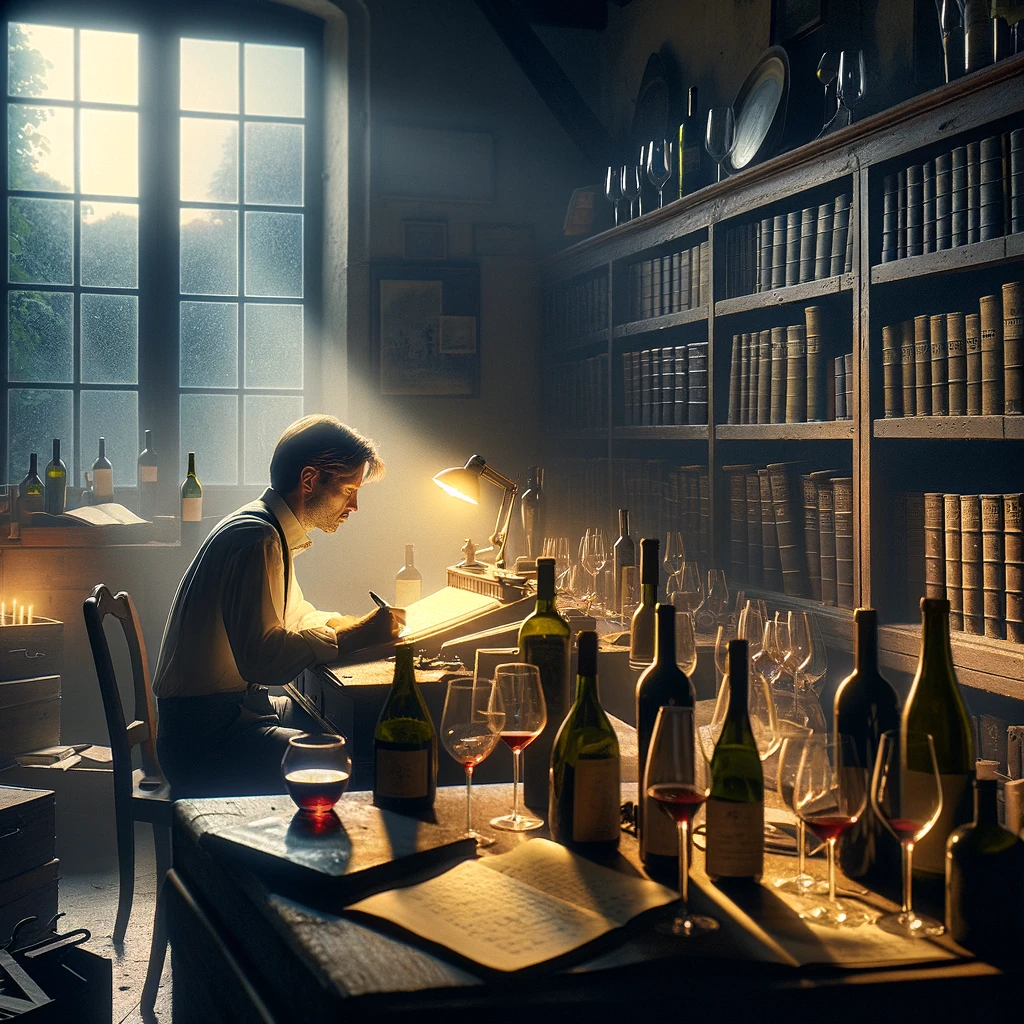
Decanting Wine: The Basics
When is decanting wine a good idea? For how long? What to use? So many questions, so many opinions – my head is spinning! But then, we got STUCK-IN and decided to dive deeply into the topic.
To decant………? or not to decant……….. Prometheus?
In this article, we’re going to focus on decanting and young wine. We’ll explore how decanting can improve the taste of young wines and the advantages of different methods. Let’s start with the WHY and WHEN? Traditionally, there are three main reasons to decant wine:
- Separation. Old wine and some big young wines can develop sedimentation, which is unappealing and tastes bitter. During this step, we carefully remove the sediment
- Aeration. Aeration exposes as much of the wine as possible to open air.
- Outgassing. This refers to releasing foul odors and flavors, primarily caused by sulfur compounds, but can also occur with many other off-flavors.
The second and third reasons can be combined and defined slightly differently, and a more accepted term slapped on it – letting the wine breathe.
Decanting Young Wine
Many wines are produced to be consumed while young. Young wine can benefit from aeration.
The Procedure
All you need is a wide-bottomed decanter and your bottle of wine.
- Carefully pour the open bottle of wine into the wide-bottomed decanter.
- Allow to *stand in a cool place, out of sunlight. *How long you allow the wine to sit depends on the type of wine you are decanting. See the Time Guide below.
Time Guide
- Zinfandel: 30 minutes
- Pinot Noir: 30 minutes
- Malbec: 1 hour
- Grenache/Garnacha (such as Cotes du Rhone and Priorat): 1 hour
- Petit Syrah: 2 hours
- Tempranillo: 2 hours
- Sangiovese: 2 hours
- Syrah/Shiraz: 2-3 hours
- Nebbiolo (Barolo, Barbaresco): 3 + hours
Decanting Old Wine
In our opinion, anyone who calls or considers themselves a wine semi-pro should understand how to decant an old wine- Trust us, there’s nothing more graceful or satisfying!
What You Need to Get Started
- The bottle of wine – is stored upright for 24 hours.
- A narrow base decanter – will limit the wine’s exposure to the air
- A strong light source, such as a candle or flashlight
- A decanting cradle – not needed, but helpful
Decanting Wine Procedure
Open the bottle carefully—try to avoid disturbing the sedimentation collected at the bottle’s bottom.
Carefully and slowly, pour the wine into the decanter, with the light source placed under the bottle’s shoulder. The sediment should start collecting in the shoulder of the bottle. Pouring should be halted if sediment starts to spill into the neck of the bottle. The light source will illuminate the shoulder and allow you to see the sedimentation collected in the shoulder.
Knowledge Drop
What is accepted (and we wholly agree) is that old wine or delicate wine should not be exposed to too much O2. There’s a type of sheer cliff effect: the wine will fall off the cliff and spoil. So decanting should be limited to separating wine from the sediment for these wines.
Decanting Wine: Devices
Aerating Pourers
Aerating pourers are devices inserted into the bottle with the promise of aerating the wine as you pour without using a decanter.
Aerating Pourer in Action
As the wine is poured, O2 is pulled into the device and combined with the wine, aerating the wine during the pour.
Free Standing Aeration Device
Free-standing aerating devices work the same way as the pourers, except these devices are slightly larger and can draw more air into the wine.
Hyperdecanting
And finally, this method is even more controversial than whether or not the earth is flat. The basic premise is to use a blender to speed up aeration time, which has stirred up quite a controversy in the wine world.

